Valerian
Root
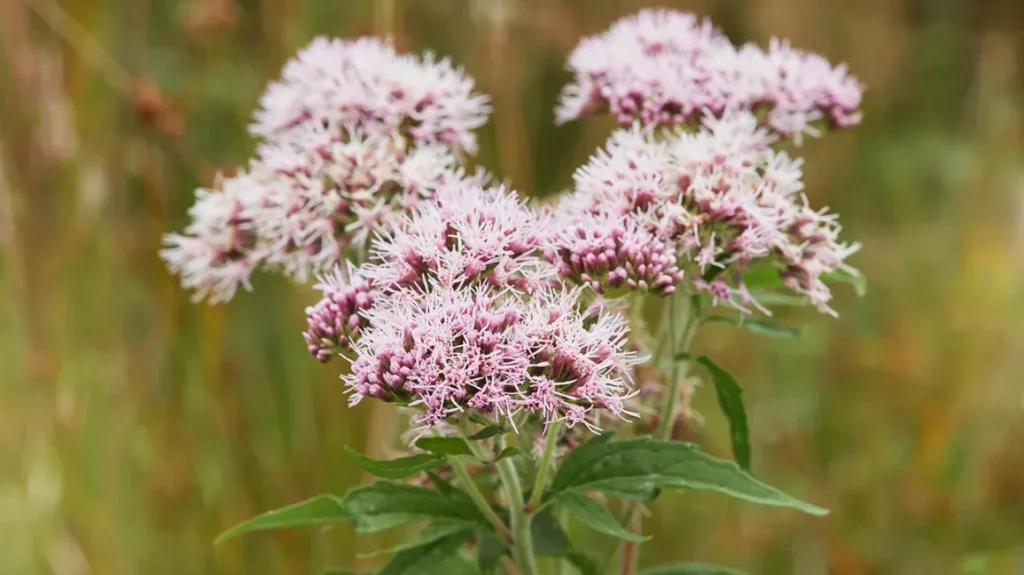
Valerian Root, derived from the Valeriana officinalis plant, is a well-known herb used for its calming and sedative properties. It is commonly utilized in herbal medicine to promote relaxation and improve sleep quality. The root of the Valerian plant is typically harvested and dried for use in various forms, including teas, tinctures, and supplements.
1. Size:
- The Valerian plant grows to a height of 2 to 5 feet (60 to 150 cm), with the root system being robust and thick. The roots themselves are usually harvested in their entirety or in sections, often dried for use in herbal preparations.
2. Color:
- Valerian Root is light brown to dark brown when dried. The interior of the root is somewhat paler in color. Freshly dug roots are generally cream-colored or light yellow.
3. Texture:
- The root has a fibrous, somewhat woody texture. It is typically cut into small pieces or ground into a powder for use in herbal remedies. The surface of the dried root can be rough and irregular.
4. Fragrance:
- Valerian Root is known for its strong, distinctive odor, often described as earthy, musky, or somewhat pungent. The smell is generally considered unpleasant by many but is characteristic of the herb’s natural compounds.
5. Uses:
- Valerian Root is widely used as a natural remedy for insomnia, anxiety, and stress. It is known for its calming effects and is often recommended for improving sleep quality and reducing anxiety.
- The essential oil of Valerian Root can be used in aromatherapy to promote relaxation and alleviate stress. It is often blended with other calming oils for enhanced effects.
- Valerian Root is commonly included in sleep aid supplements and herbal teas designed to promote restful sleep and reduce symptoms of insomnia.
- It is sometimes used to ease digestive issues, including bloating and gas, due to its mild calming effects on the digestive tract.
6. Habitat:
- Valerian is native to Europe and Asia, thriving in temperate climates. It grows well in well-drained, moist soil and can often be found in meadows, woodlands, and along riverbanks.
7. Cultural and Spiritual Significance:
- Valerian Root has been used in traditional medicine for centuries to treat a variety of ailments, particularly those related to stress and sleep disorders. It has been a staple in herbal remedies across Europe and Asia.
- In some spiritual practices, Valerian Root is used to promote relaxation and clarity of mind during meditation. It is believed to help in achieving a state of calm and focus.
Spiritual Properties
- Promotes Calmness: Valerian Root is often used in spiritual practices to help achieve a state of calmness and relaxation. It is believed to facilitate a deeper connection during meditation and enhance overall tranquility.
- Supports Sleep and Dreams: The herb is thought to support restful sleep and enhance dream clarity. It is sometimes used in dreamwork or rituals aimed at achieving better sleep and understanding one’s dreams.
- Emotional Balance: Valerian Root is used to promote emotional stability and reduce stress. It is considered beneficial for those seeking to maintain a balanced emotional state in their spiritual practice.
Medicinal Properties
- Anxiolytic: Valerian Root has anxiolytic properties that help reduce symptoms of anxiety. It is often used as a natural remedy for stress and anxiety disorders.
- Sedative: The herb has sedative effects that promote relaxation and improve sleep quality. It is commonly used to treat insomnia and other sleep-related issues.
- Muscle Relaxant: Valerian Root can act as a muscle relaxant, easing tension and discomfort in the body. It is sometimes used to alleviate muscle cramps and spasms.
- Digestive Aid: The herb has mild digestive properties, helping to soothe the digestive tract and reduce symptoms such as bloating and gas.
Allergic Reactions
Valerian Root is generally considered safe when used appropriately. However, some individuals may experience allergic reactions or side effects.
- Skin Irritation: In rare cases, contact with Valerian Root may cause skin irritation, including redness or rash. Individuals with sensitive skin should handle the herb with care.
- Gastrointestinal Discomfort: Some people may experience gastrointestinal discomfort, such as nausea or upset stomach, when using Valerian Root. It is advisable to use the herb in moderation and consult with a healthcare professional if any adverse symptoms occur.
- Drowsiness: As Valerian Root has sedative properties, it may cause drowsiness or dizziness, especially when taken in higher doses. It is recommended to avoid operating machinery or driving after consuming the herb.
- Headaches: Some individuals may experience headaches as a side effect of Valerian Root, particularly if taken in excessive amounts. Reducing the dosage or discontinuing use may alleviate this effect.
- Dry Mouth: Valerian Root can sometimes cause dry mouth as a side effect. Staying hydrated and drinking plenty of water can help mitigate this issue.
- Vivid Dreams: Some users report experiencing vivid or unusual dreams when taking Valerian Root. This effect is generally benign but may affect sleep quality for some individuals.
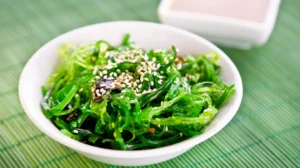
Kelp
Kelp Kelp is a type of large brown seaweed that grows in underwater forests in shallow ocean waters. It is known for its high nutrient

Holy Basil (Tulsi) Protection Tea
Holy Basil (Tulsi) Protection Tea A sacred tea known for its spiritual protection and ability to promote inner strength, clarity, and resilience. Ingredients: Holy Basil
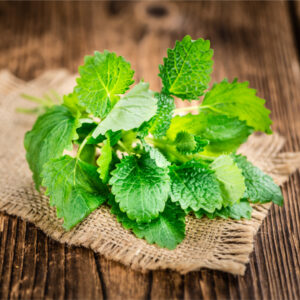
Lemon Balm
Lemon Balm Lemon Balm is a perennial herb in the mint family, known for its lemon-scented leaves and small, delicate flowers. It has been used

Acai Powder
Acai Powder Acai Powder is derived from the acai berry, a small, dark purple fruit native to the Amazon rainforest. This superfood is known for
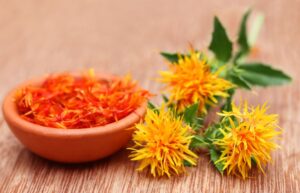
Safflower
Safflower Safflower is a vibrant herb known for its bright yellow, orange, or red flowers, which are harvested for their seeds and petals. The plant
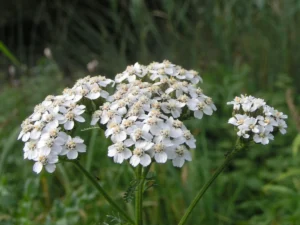
Yarrow Flower & Leaf
Yarrow Flower & Leaf Yarrow (Achillea millefolium) is a versatile herb known for its medicinal properties and distinctive appearance. The plant features delicate, feathery leaves